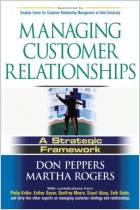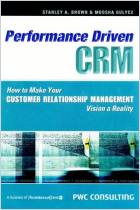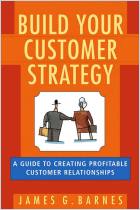
Read or listen offline
Amazon KindleRecommendation
Never has a business trend been more popular, more expensive and less understood than customer relationship management, or CRM. The costs of CRM can be astronomical, and while the benefits also can be great, they are often less easily to predict, due to the complexity of the systems. Byron Bergeron breaks down CRM into its component parts, and in so doing, helps the reader grasp just what makes the price so high, and why it might all be worthwhile. In his discussion, Bergeron touches on the major suppliers of CRM technology, the need for employee training, implementation issues, and virtually every other factor an executive might need to consider in evaluating whether or not to undertake a CRM program. getAbstract.com highly recommends this comprehensive work.
Summary
About the Author
Bryan Bergeron has spent the last 30 years designing and working with computers and electronics. He teaches at Harvard Medical School and MIT and serves as Editor in Chief of eMD and technical editor of Postgraduate Medicine. He is also on the editorial boards of Healthcare Informatics and Perspectives in Biology and Medicine, among others. He is the author of several books on business and technology.


















Comment on this summary or Start Discussion